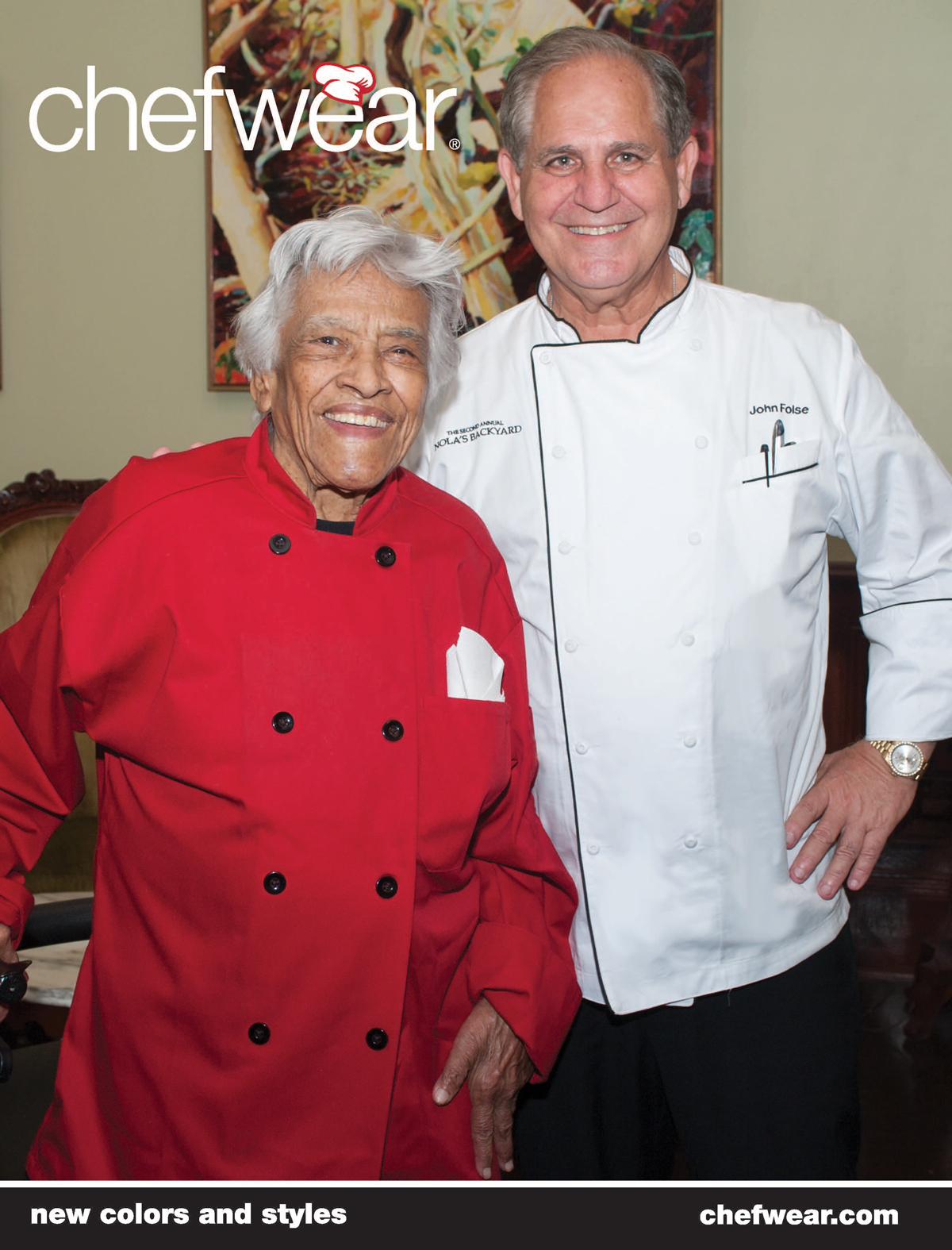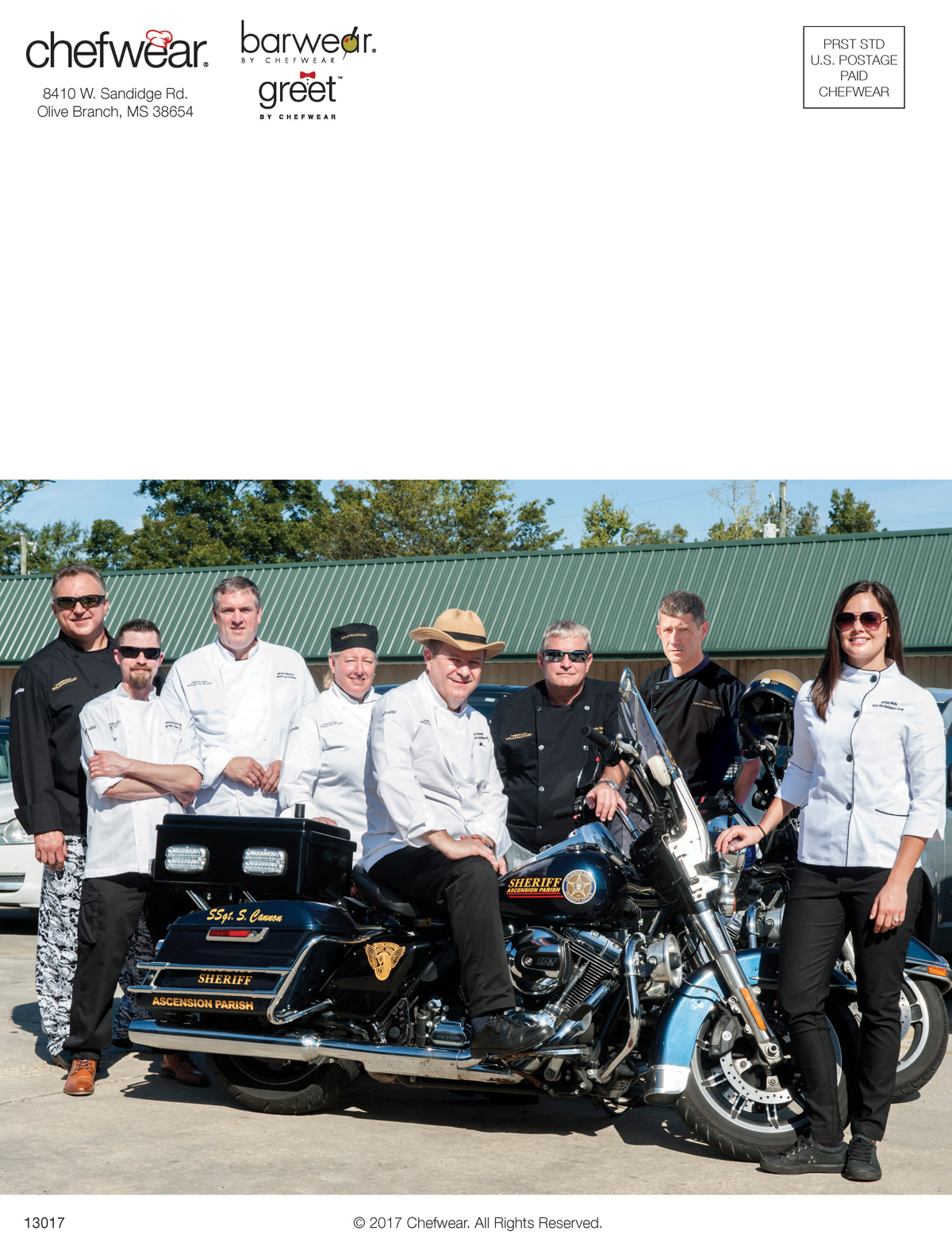Black Cooks Matter
Sweet Home Café in the new Smithsonian African American Museum will celebrate culinary contributions.
By Beverly Stephen September 6, 2016
The Smithsonian’s African American Museum opening September 24 will explore and celebrate the history and culture of African Americans in the United States. Of necessity, the journey will begin in the dark days of slavery and segregation and progress through the tumultuous civil rights movement and contemporary issues. The museum which sits on five acres near the Washington Monument has been described as a dream 100 years in the making. The dream began to be realized when president George W. Bush signed a bill in 2003 and the Smithsonian Board of Regents approved it three years after that. Construction finally began in 2012. Congress agreed to provide half of the $540 million cost and the rest is being raised by private contributions.
Contributions in all walks of life including sports and music will be on exhibit but none bring a culture to life more vividly than food. What were the slaves eating? What foods did they bring with them? How did these foods become part of everyday life for slave and master alike? Visitors will be able to experience the culinary contributions when they taste the dishes that will be served in the 400 seat Sweet Home Café. A last minute name change from North Star Café (the star slaves followed to freedom) happened when the trademarked Northstar café in Columbus, Ohio raised objections.
“My biggest goal is to spotlight the incredible contributions African Americans made to American culture through the foods we eat,” says Albert Lukas, Supervising Chef, Mid-Atlantic region, Restaurant Associates. He has spent the last two years doing research for the café’s culinary concept and menu. The museum café is a joint project of Restaurant Associates and the minority foodservice company, Thompson Hospitality. Celebrity chef Carla Hall has been named culinary ambassador and Jerome Grant is moving over from the American Indian Museum to be executive chef. Noted author Jessica Harris was a consultant.
The menu will be divided into four sections: Creole Coast, North States, Agricultural South, and Western Range.
Most people probably think about the South and commonly known foods like fried chicken, collards, and cornbread when they think about African American foods so museum visitors will be pleasantly surprised by the variety of the menu and enlightened about the “depth of the contributions that African American cooks have made to the foods we eat daily,” Lukas says.
“It was easiest to build menus around the agricultural South and the Creole coast because of the traditions that were established and continue to live,” says Lukas. “Look at what Sean Brock is doing at Husk and you can see there is a lot of continuation of that tradition and elevation of it into fine dining. Sean talks about Hoppin’ John and Sea Island red peas.”
And so does Gullah chef BJ Dennis who inspired Lukas to revise his menu. Lukas met Dennis on a recent trip to Charleston. “Each year on New Years Day countless Americans from all backgrounds hope to start the year off with wealth and good fortune by having a healthy serving of Hoppin’ John,” Lukas explains. “Instead of the commonly used white rice and black eyed peas, our version will be offered as Gullah Style Hoppin’ John, Carolina Gold Rice & Sea Island Red Peas, House Smoked Bacon and not just on New Years Day! I was so inspired by the Gullah flavors that we encountered I realized that their story must be told through the food that we serve.”
The Western Range was the hardest. “It’s a much overlooked part of African American history,” Lukas says. “As newly emancipated people started to move West immediately after the Civil War, they worked as ranch hands and ran chuck wagons. The concept of black cowboys was new to me.” He gives the example of the legendary Texas cowboy and rodeo star William “Bill” Pickett who was of African American and Indian descent. There were also the Buffalo Soldiers, the all black 10th Cavalry established in 1866, who were active in the Western expansion.
Out West, beef replaced pork. “But the primary cuts would go to wholesale,” Lukas said. “There were a lot of recipes using lungs, pancreas, etc.” He was faced with the task of making a dish like Son of a Gun stew palatable to modern diners. “So we took the idea of using short ribs as a secondary cut. Mexican and Native American influence such as chilies and sage also crept in.” There’s a BBQ Buffalo Brisket Sandwich on a sweet potato bun with charred peach and jalapeno chutney “using the famous Colorado peaches,” roast turkey and sage dumplings, pan roast rainbow trout, and a seven bean, butternut squash, and hominy chili with smoked poblano cream.
“The Northern states was also a tough one,” Lukas recalls. “We will spotlight Thomas Downing, the son of Virginia slaves who escaped to New York City, became an oysterman, and ran a restaurant on Wall Street. He was also a secret stop on the underground railroad.” Downing is the inspiration for an oyster pan roast. “We also wanted to touch on foods that black Americans ate when they migrated north to cities like Chicago and we wanted to show some Caribbean influences so we’re doing a pepper pot stew.
“There is no table service but this is far from a lunchroom cafeteria,” Lukas says. “It’s all scratch cooking and small batches. Beautifully designed food will be marketed at the four stations like in a food hall. There will also be a dessert station and a sweet tea stand with Bigelow tea from their Charleston tea plantation.” Entrees will be priced around $17 or $18. The North Café Star will serve lunch only. Breakfast and dinner menus will be available for catered events.
Sweet Home Café Working Menu
The Creole Coast
• Duck, Andouille & Crawfish Gumbo, Carolina Rice, Green Onions
• Gulf Shrimp & Anson Mills Stone Ground White Grits, Smoked Tomato Butter, Caramelized Leeks , Crispy Tasso
• BBQ All Natural Chicken, Alabama White Sauce
• Pan-fried Louisiana Catfish Po’boy, Smoked Red Pepper Rémoulade, Green Bean Pickles
• Red Beans & Rice
• Candied Yams
• House Pickled Vegetables, Okra, Green Beans, Chow Chow, Green Tomatoes, B&B
The North States
• “Smoking Hot” Caribbean Style Pepper Pot
• Smoked Haddock & Corn Croquets, Gribiche Sauce, House Made Brown Bread
• Smothered Turkey Grillades, Fried Apple, Sage Gravy, Johnny Cakes
• Thomas Downing Inspired NYC Oyster Pan Roast
• Yankee Baked Beans, Smokey Molasses Sauce
• Seasonal Salads To Include; Roast Sweet Potatoes, Cranberry Walnut Vinaigrette
The Agricultural South
• Original Brunswick Stew, Braised Chicken & Rabbit, Corn, Tomatoes, Lima Beans
• Buttermilk Fried Chicken
• Lexington Style BBQ Pork Sandwich, Slaw, Pickled Okra
• Gullah Style Hoppin’ John, Carolina Gold Rice & Sea Island Red Peas, House Smoked Bacon
• Slow Cooked Collards, Cornbread Sticks & Potlikker
• Crackling Cornbread
• The “Gospel Bird” Family Platter, Buttermilk Fried Chicken, Mac-n-Cheese, Greens & Buttermilk Biscuits, Serves 2-3 (pictured above).
• Seasonal Salads: Green Bean, Tomato Confit & Benne Vinaigrette;
Heirloom Tomato & Soy Bean Salad, Creamy Buttermilk Dressing, Basil & Cracked Pepper
The Western Range
• “Son of a Gun Stew” Braised Short Ribs, Turnip, Corn, Potato, Sun Dried Tomato, Barley
• BBQ Buffalo Brisket Sandwich, Sweet Potato Bun, Charred Peach & Jalapeno Chutney
• Pan Roast Rainbow Trout, Cornbread & Mustard Green Stuffing, Hazelnut Brown Butter
• Black Eye Pea, Golden Corn & Chanterelle Empanada
• Sweet Tendril Salad, Shaved Radish & Crisp Carrot
• Skillet Cornbread
• High Mesa Peach & Black Berry Cobbler
Core Menu Offerings
• “Shoe Box Lunch” Cold Fried Chicken, Macaroni Salad, Pound Cake, Local Apple
• Baby Kale Salad, Black Eye Peas, Grilled Corn, Heirloom Tomatoes, Cornbread Croutons, Buttermilk Dressing
• Field Green Salad, Tomato, Cucumber, Carrots, Spiced Pecans, Choice of Dressing
• Hamburger / Cheeseburger
• Chicken Tenders
• DC Half Smokes, Chili, Onion & Cheese
• Simple Hot Dog
Bake Shop Sweets
• Praline Bread Pudding, Bourbon Caramel Sauce
• Banana Pudding Trifle
• Joe Froggers
• Key Lime Cup Cakes
• Pumpkin Spiced Cup Cakes
• Johnston County Sweet Potato Pie
• Wild Turkey Pecan Pie
• Deep Dish Pumpkin Pie






















